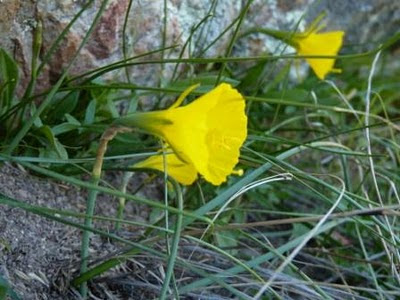Orchid spring

Extremadura is world famous as a destination for birders and each spring people come from many countries to visit Monfragüe National Park to enjoy the spectacle of vultures, eagles and Black Storks, as well as going to the plains near Trujillo and Cáceres for Great and Little Bustards, sandgrouse and other open country specialities. Most also visit the reservoir of Arrocampo near the town of Almaraz to see Purple Heron, Purple Swamphen, Little Bittern and other wetland species. Not many realise that just a few minutes from the reservoir is one of the best orchid areas in the province of Cáceres: the Cerro de Almaraz. We went there last Sunday, grabbing a couple of hours of quality family time during our peak season for guests. There is an orchid trail, taking one through a landscape of olive groves on a chunk of limestone, an unusual bedrock in the province. Hence the orchids. The first impression are the hundreds and hundreds of spikes of the Naked Man Orchid ( Orchis italica ), domin...
